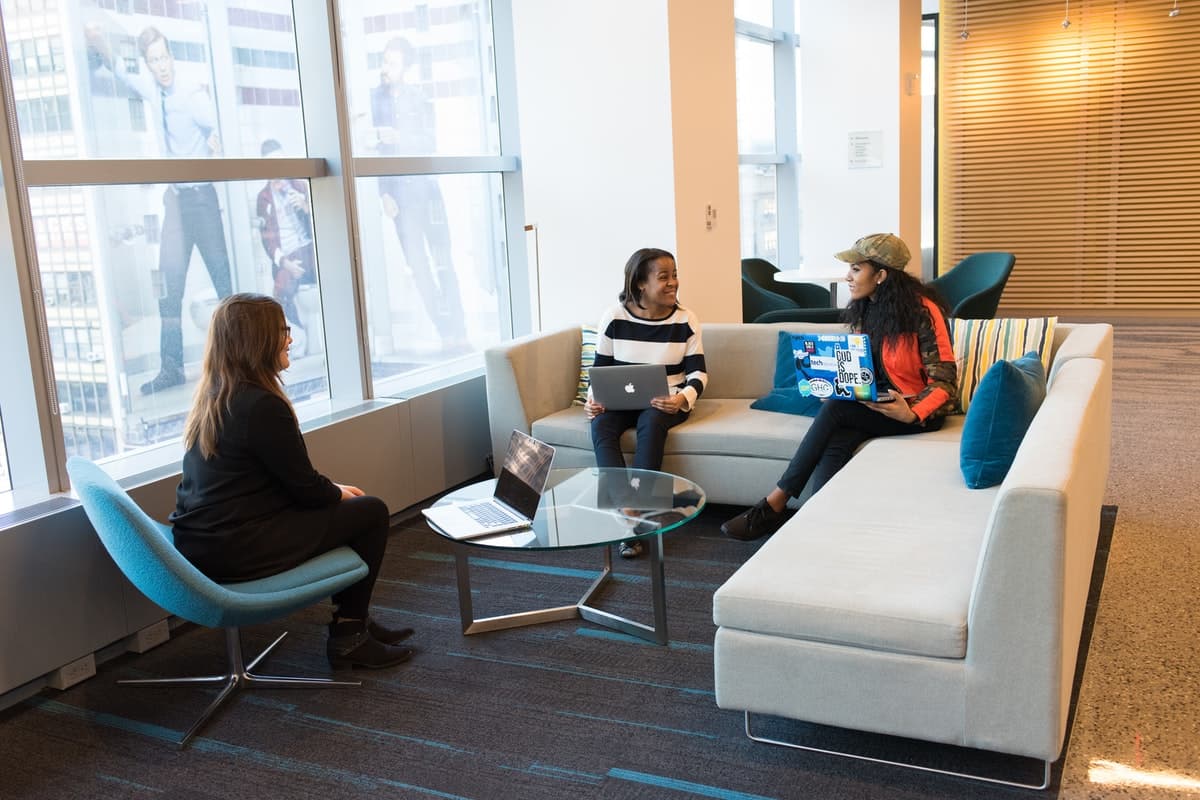Need help objectively analysing competencies?
Our assessment and development centre can guide youu through the process.

A recent employer survey by SD Worx, in which nearly 1,400 European companies shared their future intentions regarding HR, leaves no room for misunderstanding: internal mobility is top of mind. Companies are increasingly looking inwards for talent. About 1 in 3 organisations have already launched internal mobility projects in the past 12 months, while another 24% plan to do so in 2021. But how exactly do you make sure internal mobility reaps the rewards it is so often praised for?
One of the main barriers to managing internal mobility is that some companies don’t have any insights into the composition of skills in their current workforce. Data on employees is siloed in different systems that are owned by different departments. Sound familiar? In that case, it’s time to assess your talent base. The goal: identifying strengths and weaknesses as well as energy gainers and drainers. Only when that mapping exercise is done can you match each person to their ideal position.
Our assessment and development centre can guide youu through the process.
A raise. Climbing the ladder. Getting promoted. These concepts related to professional success reflect a highly linear career model. But today’s reality is more nuanced. Careers also proceed horizontally, diagonally and even downwards.
Seeing internal mobility as more than just upwards movement will definitely open the door to an improved dynamic in your company.
Managers may try to downplay talent on their team and find ways to avoid lending talent to other in-company projects. But a culture of talent hoarding often leads to a culture of talent loss. To prevent this effect, keep these simple tips in mind:
Our employer survey shows that 1 in 3 companies kicked off teleworking projects in the last 12 months. With employees working from home, in coworking spaces or in other remote offices, chances are that you’ve lost touch with their needs and wishes. Frequent conversations – both digital and face to face – help managers better identify aspirations in their team. Moreover, when employees see that their contributions are rewarded, their self-development is sponsored and their goals are supported, they’ll be more engaged with your organisation, no matter the position they are in.
The options are countless, from building a digital job board to creating an internal talent marketplace that matches relevant opportunities to employees. Or what about a learning experience platform (LXP)? Whenever an employee switches jobs within your organisation, an LXP facilitates reskilling by providing quick and easy access to the necessary learning materials. Moreover, these open platforms encourage employees to learn while they work by offering context-based microlearning content, real-time guidance and performance support.
Boosting internal mobility is just one of many ways to revamp your HR in the new normal. Curious to learn what else you can do? We’ve gathered the most cited courses of action by European employers in our e-book ‘HR - From pitlane to pole: reassess, revamp, revive’.